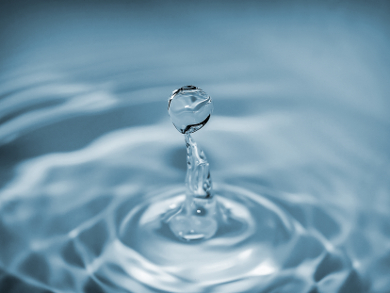To improve freshwater supply, researchers have developed methods to extract fresh water from the ocean. Unfortunately, most industrial techniques used today are expensive, require extensive preparation, and suffer from several environmental drawbacks. The use of porous graphene in water filtration systems has been proposed due to its high mechanical strength and ability to reject sodium chloride while allowing water to pass through. However, it remains unrealized since the large-scale synthesis of graphene is difficult.
Aaron Morelos-Gomez, Morinobu Endo, Global Aqua Innovation Center, Shinshu University, Nagano, Japan, and colleagues have developed a hybrid graphene oxide/graphene membrane that can be spray-dried onto different surfaces. The researchers used a polysulfone substrate, modified with polyvinyl alcohol, to avoid the water solubility of graphene oxide. Graphene was used in combination with the system to prevent degradation by chlorine.
A highly robust membrane was obtained that could withstand the high pressure and cross-flow of the injected water and be used for several days without any significant reduction in its ability to trap salt (up to 85 % salt rejection). Currently, these films are suitable for agricultural applications. With improved salt trapping, it may be possible to obtain drinkable water. Moreover, the team showed the ability of these membranes to remove up to 96 % of dye molecules in water, making them attractive for cleaning polluted waste water generated from industrial processes.
With further testing and optimization, these materials could also be used in antifouling applications. Having the ability to coat the hulls of ships with a membrane that prevents the growth of barnacles and algae, for example, could improve fuel economy and reduce greenhouse gas emissions from large ships.
- Effective NaCl and dye rejection of hybrid graphene oxide/graphene layered membranes,
Aaron Morelos-Gomez, Rodolfo Cruz-Silva, Hiroyuki Muramatsu, Josue Ortiz-Medina, Takumi Araki, Tomoyuki Fukuyo, Syogo Tejima, Kenji Takeuchi, Takuya Hayashi, Mauricio Terrones, Morinobu Endo,
Nat. Nanotechnol. 2017.
DOI: 10.1038/nnano.2017.160




